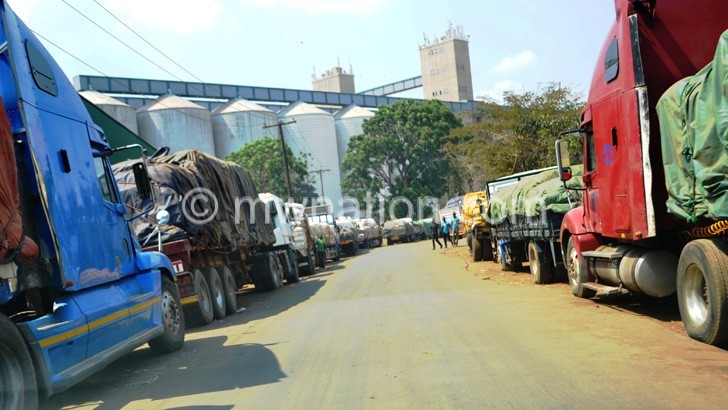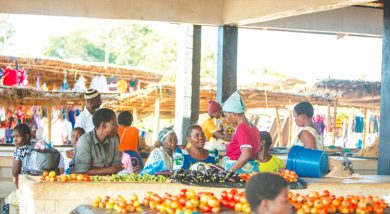Cisanet wants progress on maize purchases
Revelations that Agricultural Development and Marketing Corporation (Admarc) has about 100 000 metric tonnes of maize in stock has prompted a local non-governmental organisation to demand to know the actual maize deficit the country is facing.
Civil Society Agriculture Network (CisaNet) says it has made the demand in view of what government said that it would import at least one million metric tonnes of maize to meet the national requirement.
Cisanet national director Tamani Nkhono-Mvula said the revelations further supported calls against importing maize when it could be sourced locally at a lower price.
He also said the Zambia maize saga showed that government did not properly assess stocks that were locally available.

“It seems the decision was made based on production deficits and not on local available stocks with the private traders. On the other hand, I think the ability of the local traders to import was underrated,” Nkhono-Mvula said.
He said the country remains in the dark on how many companies were contracted, how much maize was produced and at what cost and where that maize is.
He also said if people turn to Admarc after March when the grain trader’s stocks are lower than what was projected to be available between January and March, there will be a challenge.
“This may be a tricky situation because I don’t know if the private traders can sustain the current levels of supply until the next harvest. The real hunger months are January, February and March.
“The question is how much do Admarc and NFRA currently have? Decision-making on the way forward depends on knowledge of what we have. However, Admarc has been secretive throughout,” he said.
Admarc and Ministry of Agriculture, Irrigation and Water Development officials last week disclosed that the national grain trader was tasked with sourcing 400 000 metric tonnes of which 300 000 metric tonnes would be sourced externally.
According to government’s plans, of the 300 000 metric tonnes to be imported, 100 000 metric tonnes would have been imported from Zambia, but this has failed as the controversy surrounding the purchase has revealed that only 4 112 metric tonnes had arrived in the country by December 31 2016.
Malawi had a projected total maize requirement of 1 290 000 metric tonnes to avert a food crisis in the period April 2016 to March 2017, but by November 20 2016, the government had procured 113 000 metric tonnes out of 300 000 metric tonnes required for the Strategic Grain Reserves (SGRs) for humanitarian purposes while Admarc had procured 105 000 metric tonnes out of 300 000 for commercial purposes.
Admarc chief executive officer Foster Mulumbe told Parliament on Wednesday that it had purchased 106 588 metric tonnes out of 400 000 metric tonnes, but less than 5 000 metric tonnes has been sold largely because of the K250 per kg price Admarc is offering.
Secretary for Agriculture Erica Maganga told the committee on Friday that importation of maize was a strategy they employed to meet the maize requirements and Zambia, South America and Europe were identified.
But she did not give a breakdown of how much had been procured in fulfilment of this strategy, apart from the failed purchases from Zambia.
In April last year, Admarc flighted tenders for private sector companies to produce maize under irrigation but the Malawi food security outlook update for December 2016 did not indicate that this maize was available stocks in the country.
Mulumbe in his presentation on the maize stocks available at Admarc did not make mention of the private sector irrigated maize.
Meanwhile, Admarc and the Ministry of Agriculture, Irrigation and Water Development have not given updates on the progress on other planned maize imports from Brazil and Ukraine after the deals fell. n





